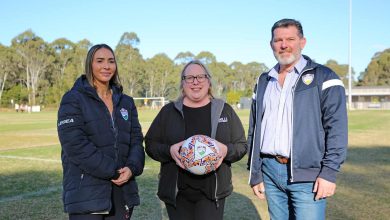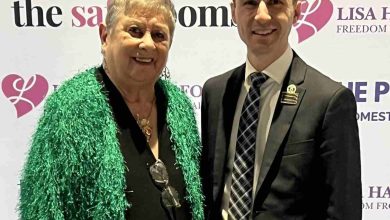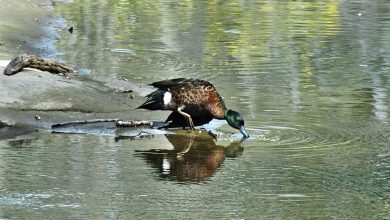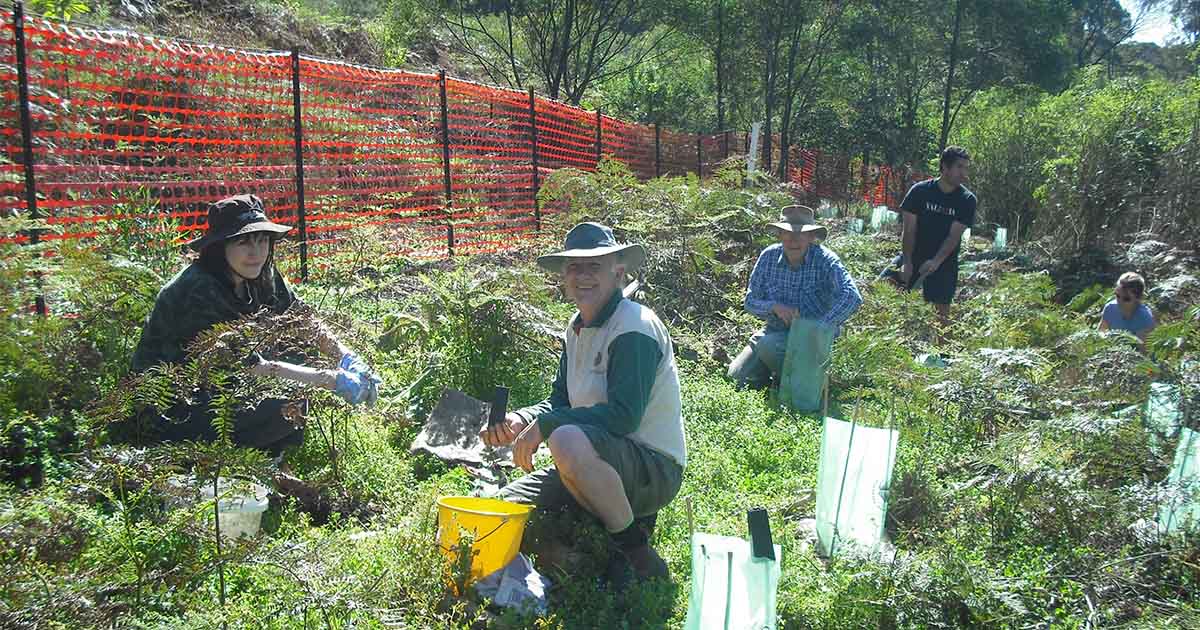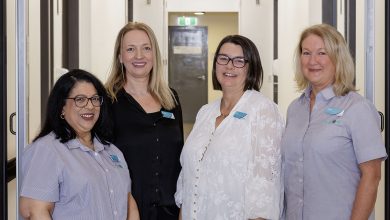MP ‘100% Committed’ to Lowering the Dam Wall level
There are a number of people with opinions on how to lower the risk of flooding across our region, but on Saturday Hawkesbury Community Alliance (HCA) got an expert along to explain what urgent flood mitigation options might be possible if the NSW Government changed legislation to allow Warragamba Dam to be used for flood mitigation as well as water supply.
Time is pressing because five days ago the Bureau of Meteorology sent out a La Nina alert – which typically means wet weather on the way – with NSW SES saying “there remains an elevated risk of flooding” over the next few months.
Quite simply, if the forecasts are correct, another flood could be on the way soon.
Today – Sunday – Warragamba Dam is at 99.9% full, the first time it’s been less than 100% full, and spilling, for around two months.
On Saturday, the University of NSW’s Dr Stuart Khan, who is a Professor in the School of Civil & Environmental Engineering, as well as Director of the Australian Graduate School of Engineering (AGSE), spoke to a meeting, held at the Richmond Race Club, of almost 300 concerned Hawkesbury residents.
Prof Khan is widely considered one of the leading experts in water management and was able to discuss all the aspects of lowering the Full Supply Level (FSL) of Warragamba Dam.
He previously spoke to the Post about flood mitigation in a story we published in July. All Hawkesbury councillors had been invited to the meeting, with independents Mary Lyons-Buckett, Nathan Zamprogno, Eddie Dogramaci and Les Sheather, plus Greens’ Danielle Wheeler, all making an appearance. No Liberal or Labor councillors attended, while Macquarie MP Susan Templeman sent her apologies and her Chief of Staff.
Hawkesbury MP Robyn Preston was there. The forum was arranged by Hawkesbury Community Alliance (HCA), a new amalgamation of several Hawkesbury community interest groups. HCA is urgently calling on the NSW Government to investigate flood mitigation options ahead of the third La Nina in a row, and Indian Ocean Dipole events, predicted to coincide in Spring 2022.
“To be honest I wish I wasn’t here,” said MC Samantha Magnussen as she opened the meeting on Saturday. “The reason we are here is an absolute tragedy.” She described the likely approaching weather patterns as an “impending disaster”.
Ms Magnusson, who is a spokesperson for HCA, and whose family and business are among the many severely impacted by the most recent devastating Hawkesbury floods, said, “the NSW government stubbornly remains focussed on raising the dam wall, a project that will take several years”.
“Despite the damning findings of the NSW Upper House July 2022 Flood Inquiry, and the government’s response published last week, we still have no commitment to lower the dam level ahead of predicted weather events. Nor do we feel the government feels any real sense of the impending disaster,” she said. “Our community needs flood mitigation now, not in the distant future. Ten years is too late.”
Raising the Warragamba Dam wall, which is one option to possibly help lower the risk of major floods, is at least a $2bn project which will take an estimated 10 years to build and is not without controversy for its potential effects on the wider environment.
The HCA are more concerned about potential floods which could arrive this Spring and Summer, given the Bureau of Meteorology’s new La Nina weather pattern alert, five days ago, and the NSW SES’s suggestion we all remain on guard for potential flood events in the next few months, as severe weather is likely.
Professor Khan told the community meeting, “Reducing the current water storage in Warragamba Dam is a realistic alternative to raising the dam wall.”
He said a 12 metre drop in water when the dam is 100% full would mean smaller floods downstream – that means the Hawkesbury – and more evacuation time.
“While no solution provides complete protection from flooding – there is no silver bullet,” he said, “maintaining a lower water storage in Warragamba can significantly mitigate many floods, reducing peak flood heights and enabling additional evacuation time”.
Professor Khan did warn that reduced storage in Warragamba Dam would decrease Sydney’s drinking water supply security and would only be viable if drinking water supply was immediately replaced by alternative sources.
“Any reduction in reliance on Warragamba Dam must be accompanied by the introduction of new rainfall-independent water sources, such as new seawater desalination or water recycling. In addition to enabling flood mitigation at Warragamba Dam, new rainfallindependent water sources will provide significantly enhanced drought resilience for Sydney.”
He pointed out that Sydney’s water supply from sources other than rainwater and water catchment – mainly desalination and purified recycled water – was around half what every other Australian capital city provided for its residents.
Having said that, Sydney does have a desalination plant – it was running throughout the floods, partly because of poor water quality due to flooding along the river system – and if its output were doubled it would make up the equivalent of a 12m drop in water at Warragamba, so securing Sydney’s drinking water supply.
In the most recent Hawkesbury flood, water began spilling over the dam wall at 2am, without any warning to the community from Water NSW. The following morning, a press release was put on the Water NSW web page. As a result, the community was caught off-guard.
An unprecedented increase in water level and flow velocity resulted in a much-reduced evacuation timeline, excessive flood damage, and major damage to the riverbank, all of which may have been prevented, if managed differently, says HCA.
“It is essential to consider the ‘big picture’ for water management in Sydney, rather than look at individual components in isolation,” says Prof Khan.
MP Preston, who put up a Motion in the NSW Parliament on August 11 calling for “a change in legislation that allows for the release of larger volumes of water from Warragamba Dam”, said towards the end of the HCA meeting she was, “100% committed to lowering the level of Warragamba Dam”. But no decision has yet been made by the State government.
“Today,” said Ms Magnusson, “Professor Khan clearly demonstrated that lowering the Warragamba Dam Full Supply Level (FSL) by 12 metres is not only possible but is the best option for urgent flood mitigation for the community, who are filled with fear and uncertainty about what a third La Nina and negative Indian Ocean Dipole weather system in coming weeks might bring.
“Had they used the dam for mitigation in the last flood, we would have recouped all the water from the rain event,” she said.
The big issue for Hawkesbury residents is time – with the SES pointing out just last week, that the Bureau of Metrology’s threemonth climate outlook shows a high chance of above average rainfall for most of the eastern two-thirds of the Australian mainland between September and November – and that includes the Hawkesbury.
Ms Magnusson said on Saturday, “we are now running out of time”. You can read more Hawkesbury news at Hawkesbury Post on www.hawkesburypost.com.au or facebook.com/hawkesburypost
[/vc_column_text][/vc_column][/vc_row][vc_row][vc_column][us_image image=”69000″ size=”full” align=”center”][/vc_column][/vc_row]
